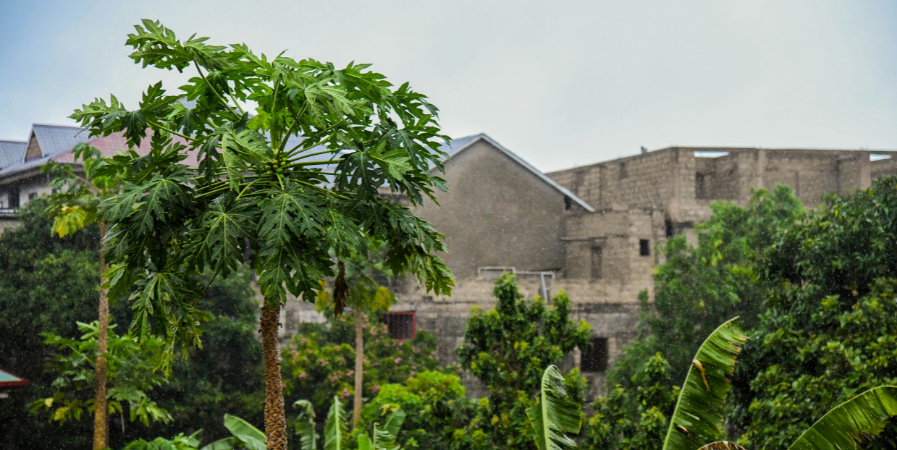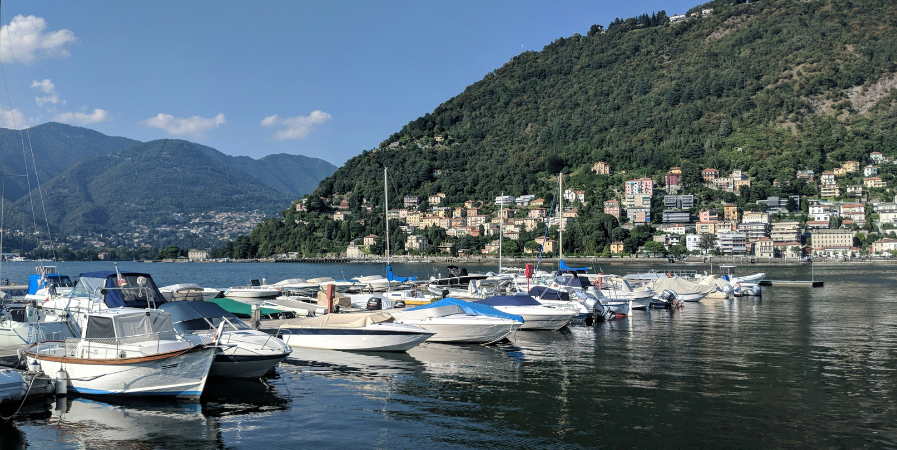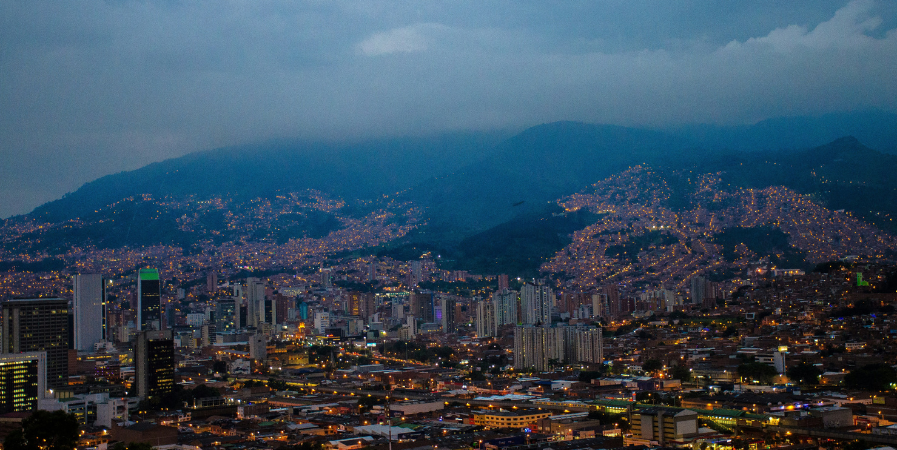Costa Rica is a dream destination for nature lovers and adventure seekers. This small but stunning country is packed with lush rainforests, active volcanoes, and pristine beaches making it one of the best places in the world for eco-tourism. The most famous spots include Manuel Antonio National Park (where jungle meets ocean), the Arenal Volcano (with its hot springs), and the Monteverde Cloud Forest (home to rare wildlife).












